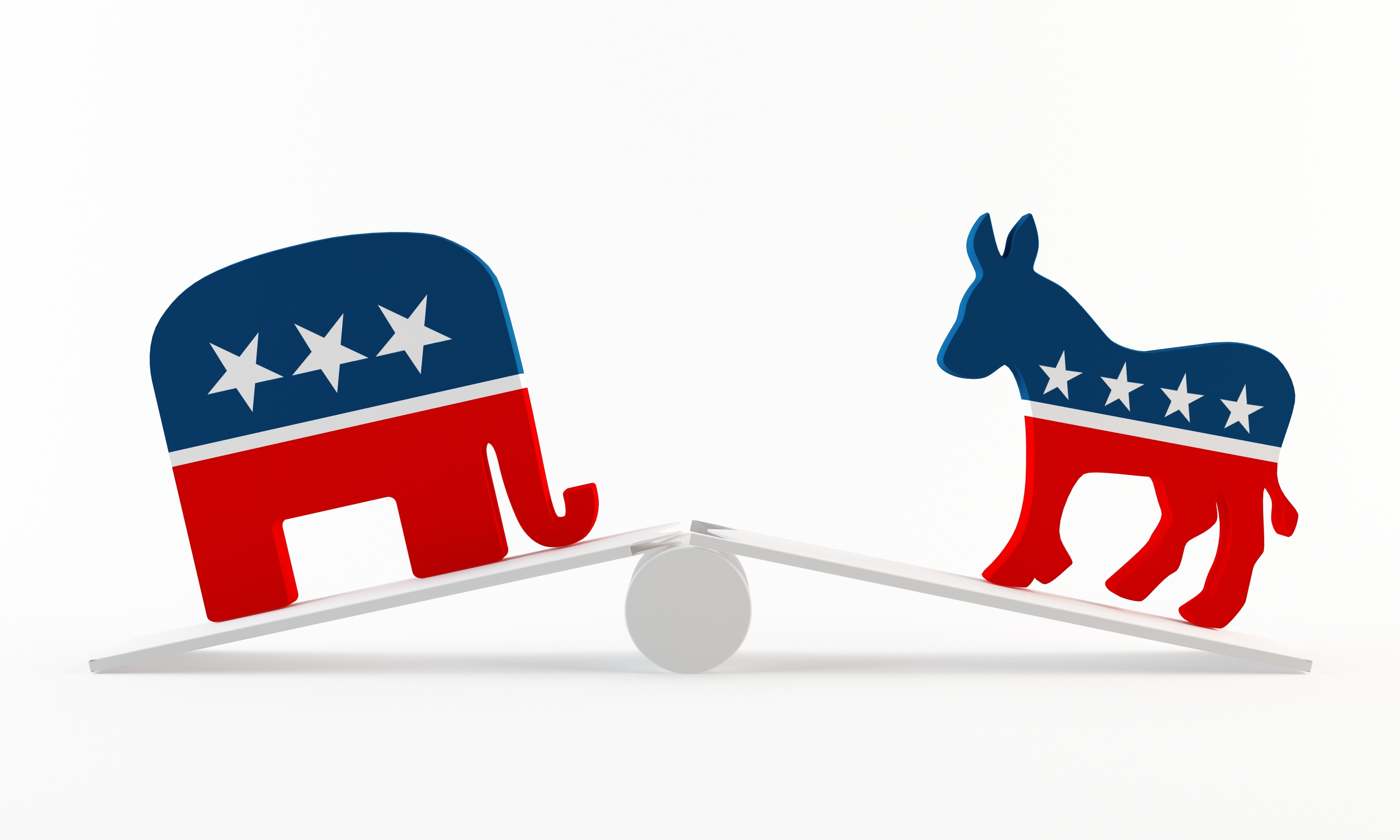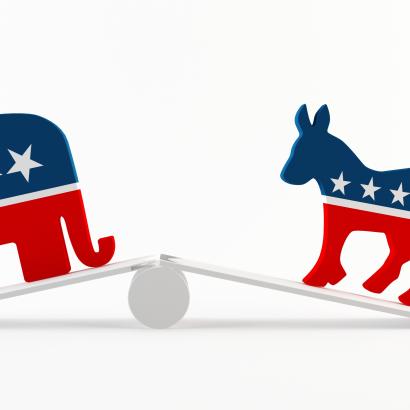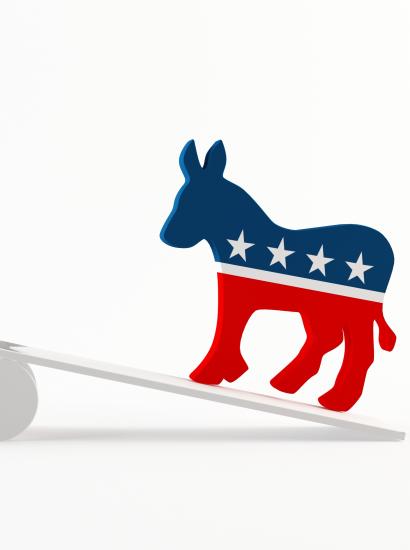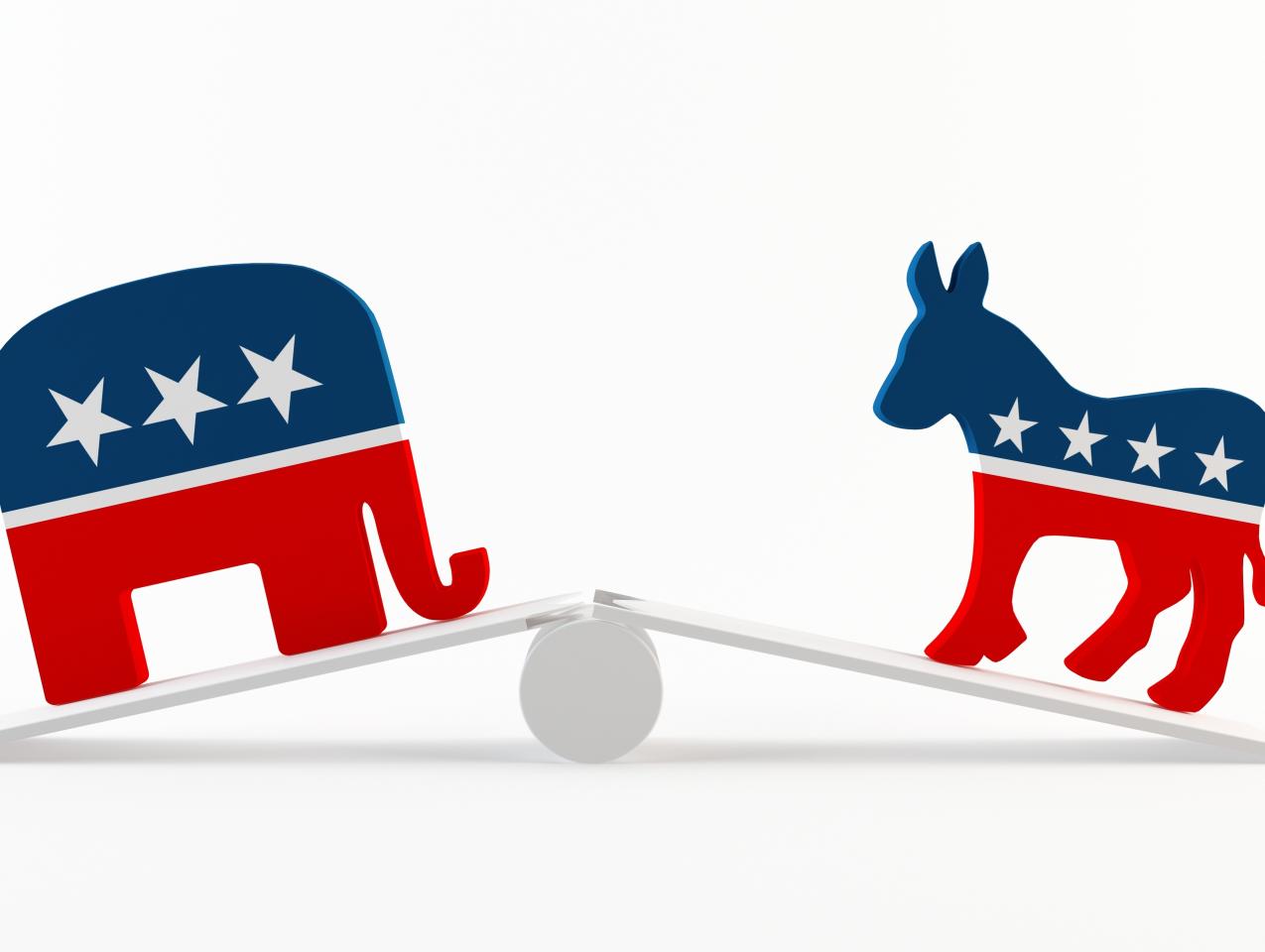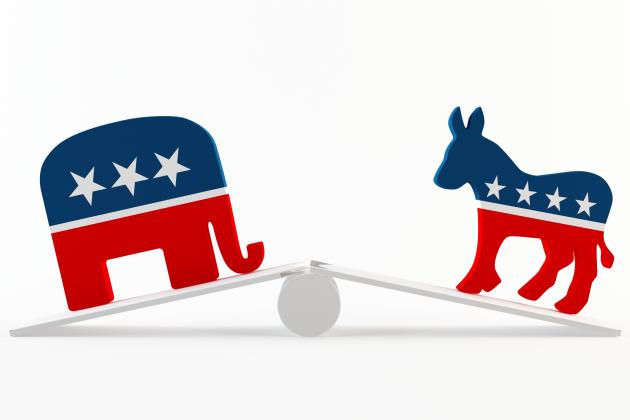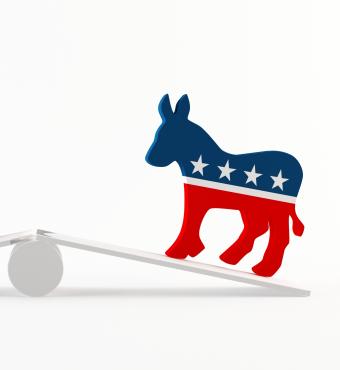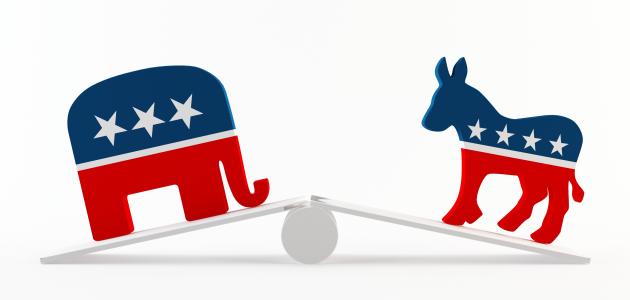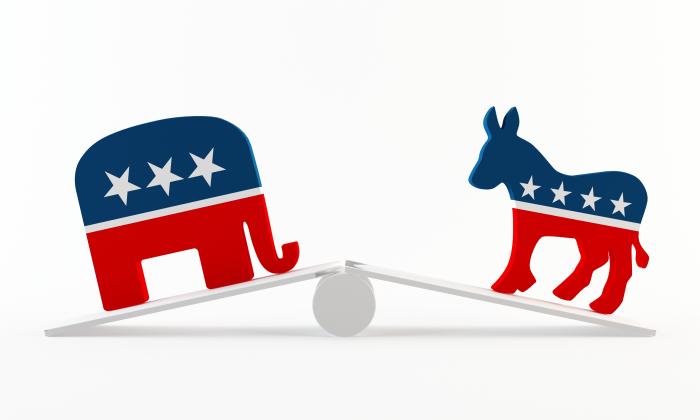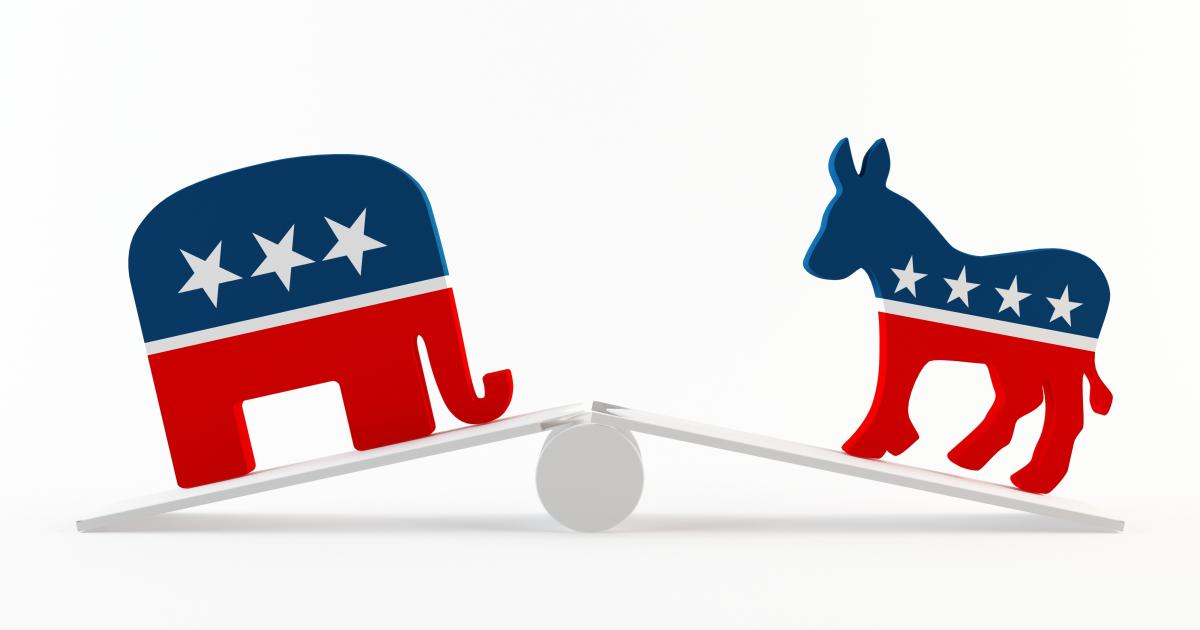- Politics, Institutions, and Public Opinion
- Campaigns & Elections
- State & Local
- Law & Policy
- Civil Rights & Race
Unlike either the Assembly or Senate, for Republicans there isn’t much at stake in the California Congressional elections. Even if Democrats won all of the competitive California seats, the national House Republican majority would hold. However, that isn’t stopping either the DCCC or NRCC (the partisan Congressional campaign arms) from actively targeting various California districts.
Incumbents in Trouble
CA 4: This is the only Republican vs. Republican Congressional race featuring an incumbent. Tea Party-favorite Tom McClintock normally wouldn’t be threatened in this PVI R+11 district under Republican vs. Democrat circumstances, but moderate Republican Art Moore has the potential to unite disenfranchised Republicans, Democrats, and Independents to seriously challenge him.
CA 7: Freshman Democrat Ami Bera only won by 4 points in 2012 immediately making him a top 2014 target. Three Republicans jumped at the chance to challenge him with former Congressman Doug Ose, who previously represented much of this area, making the top-two. Ose’s moderate record fits nicely with the Sacramento suburb-based swing district. And Bera was kept to just 47% of the primary vote; the 6th worst showing among California’s Congressional incumbents.
CA 17: This Silicon Valley Democrat vs. Democrat race is turning into a battle of old (incumbent Democrat Mike Honda) against new (former Obama Administration official Ro Khanna). With the help of two Republicans on the ballot, Khanna was able to make the top-two and Honda was kept under 50%, but Khanna still needs to make a compelling case as to why Honda’s time in DC should come to an end.
CA 26: Freshman Democrat Julia Brownley almost had the distinction of being the only Congressional incumbent not to come in 1st in the June primary. Republican Assemblyman Jeff Gorell’s 44.5% fell just 1 point short of being the top vote-getter. This underscores how difficult a path re-election will be for Brownley.
CA 36: In another hard-fought 2012 race, Democrat freshman Raul Ruiz also immediately became a 2014 target. Republican Assemblyman Brian Nestande, who represents much of the district in the State Assembly, was long considered the top challenger (although he did get a minor challenge from the right). Of the targeted Democrats, Ruiz looks to be in the strongest position with a 50.3% primary vote share and substantial fundraising advantage, but don’t count Nestande out quite yet.
CA 52: This San Diego-based seat was probably the marquee California race of 2012. Democrat freshman Scott Peters spent millions to win by less than 7,000 votes. In 2014, he will face former San Diego Councilmember and 2012 mayoral candidate Carl DeMaio, who won most of CA 52 in his unsuccessful 2012 mayoral race and has been an impressive fundraiser. Peters’ June primary performance was the worst of any Congressional incumbent (42%) and in total, Republicans won 58% of the vote exceeding the 2012 Republican primary share by almost 10 points.
Interesting Open Seats
Six California Representatives are retiring this year. The Democrats are strongly favored to hold George Miller’s CA 11, Henry Waxman’s CA 33, and Gloria Negrete-McLeod’s CA 35 and should be able to flip Republican Gary Miller’s CA 31. Meanwhile Republican’s will hold John Campbell’s CA 45. The only really interesting open seat race will be Buck McKeon’s CA 25, which Republicans will hold because it pits two Republicans against each other.
CA 25: Democrats had hoped to compete in this slowly Democratic-trending district, but were shut out of November when former State Senator Tony Strickland and current State Senator Steve Knight each grabbed about 30% of the primary vote to advance. Strickland and Knight have similar ideologies, so this shouldn’t turn into a typical “establishment vs. Tea Party” contest. Instead, it will likely turn into a battle with local interests getting behind the homegrown Knight and national interests getting behind the “out-of-towner” Strickland, who ran for Congress in the Ventura County-based CA 26 in 2012.
Races to Watch
At this point, it isn’t likely these will be competitive in November, but there are circumstances that could possibly make them.
CA 3/CA 9/CA 16: Democrats John Garamendi (CA 3), Jerry McNerney (CA 9), and Jim Costa (CA 16) could be considered the “Pennsylvania” of California Democrats to Republicans. Every cycle there is initial hope that these races will be competitive and flip, but after a lot of investment and candidate hype, the incumbents easily win re-election (like Pennsylvania for Republicans at the Presidential level). On average across the three districts, the Democrats and Republicans split the primary vote, which will probably give Republicans hope, but likely isn’t enough.
CA 24: Without incumbent Lois Capps and with the right Republican, this Central Coast district could be competitive, but with her and a Tea Party-aligned Republican (Chris Mitchum, who edged into second place because Justin Fareed and Dale Francisco split the more establishment-minded Republican vote) this one is likely out of reach.
Competitive Seats Republican Should Hold
CA 10/CA 21: Republicans Jeff Denham and David Valadao both represent Central Valley districts with high Latino populations and that President Obama carried in 2012. But despite its D+7 leaning, Valadao won CA 21 with 63% of the primary vote and Denham won a still impressive 59%. Both of their primary showings were the best (by far) of any incumbent who is being seriously challenged by either an intra- or inter-party opponent.
In all, national Republicans should net a few seats from California in November helping to pad their majority going into the 2016 Presidential election year. Overall, though, while California is a Democratic state, both Congressional campaign committees will continue to compete hard in the Golden State.
For more on the 2014 races, check out The California Electoral Landscape – Assembly Races here, The California Electoral Landscape – Senate Races here, and A First Look at California’s Statewide Contests here.
Hoover Institution research fellow Carson Bruno studies California's political and policy landscape.
Follow him on Twitter: @CarsonJFBruno







